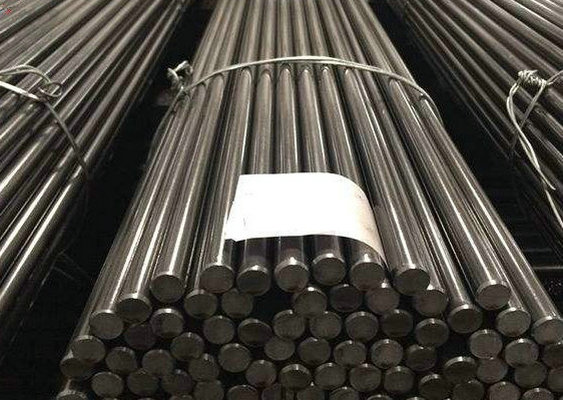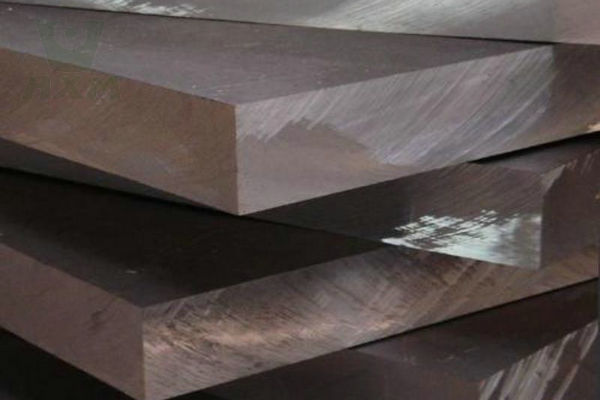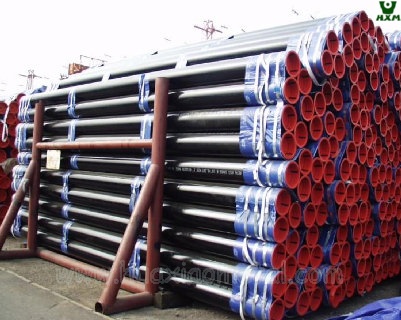In this comparison, we will explore the definitions of both grades, analyze their differences in composition and properties, and ultimately determine which material is better suited for specific applications.
What Is 1018 Steel?
1018 steel, also known as low carbon steel, is a general-purpose, mild carbon steel with relatively low strength and excellent weldability. It contains primarily iron, carbon (0.18%), and small amounts of other elements like manganese and sulfur. Due to its low carbon content, 1018 steel exhibits good machinability and can be easily formed into various shapes.
What Is 4140 Steel?
4140 steel, classified as an alloy steel, is a versatile material known for its exceptional strength, toughness, and wear resistance. It contains a higher percentage of carbon (around 0.40%), along with significant amounts of chromium, molybdenum, and other alloying elements. These additions enhance its hardness and overall performance under high-stress conditions.
1018 Vs 4140 Steel Differences
The strength and thickness of the steel plate are crucial factors in ensuring structural integrity and safety. Higher-strength steel plates offer better load-carrying capacity, making them suitable for heavy-duty applications. However, it’s essential to strike a balance between strength and weight, as thicker plates can increase the overall weight of the structure. Perform thorough structural analysis and consult with engineers to determine the optimal thickness and strength requirements for your project.
1018 Vs 4140 Steel Composition:
– 1018 Steel: It is low-carbon steel with a carbon content of approximately 0.18%. It also contains small amounts of other elements like manganese and sulfur.
– 4140 Steel: This is an alloy steel with a higher carbon content of around 0.40%. It also contains significant amounts of chromium, molybdenum, and other alloying elements.
1018 Vs 4140 Steel Strength and Toughness:
– 1018 Steel: It has lower strength and toughness compared to 4140 steel. It is suitable for applications that do not require high levels of strength or hardness.
– 4140 Steel: It offers higher strength and toughness, making it well-suited for applications that involve heavy stress and require superior mechanical properties.
1018 Vs 4140 Steel Hardness:
– 1018 Steel: It has relatively low hardness and cannot be significantly hardened through heat treatment due to its low carbon content.
– 4140 Steel: It can achieve high hardness levels through heat treatment, providing excellent wear resistance and durability.
1018 Vs 4140 Steel Weldability and Machinability:
– 1018 Steel: It exhibits excellent weldability and can be easily machined into various shapes.
– 4140 Steel: While it still has good weldability, it requires more care during welding than 1018 steel. Its machinability is moderate to good, but it may be tougher to machine compared to 1018.
1018 Vs 4140 Cost:
– 1018 Steel: It is generally more affordable than 4140 steel due to its simpler composition and lower alloy content.
– 4140 Steel: It tends to be more expensive due to the additional alloying elements and the enhanced properties it offers.
1018 Vs 4140 Applications:
– 1018 Steel: It is commonly used for low-stress components, such as bolts, nuts, studs, and general structural parts. It is also suitable for various machining operations.
– 4140 Steel: It finds applications in demanding industries such as automotive, aerospace, and machinery. It is utilized for high-stress components like gears, axles, crankshafts, and other parts subject to heavy loads and wear.
In conclusion
Choosing between 1018 and 4140 steel depends on the specific requirements of your project. If you need a material with good machinability and lower strength for simple components, 1018 steel is a cost-effective option. On the other hand, if your application demands high strength, hardness, and toughness, 4140 steel offers superior performance despite its higher cost. Understanding the intended use and the required mechanical properties will help you make an informed decision for your project.








